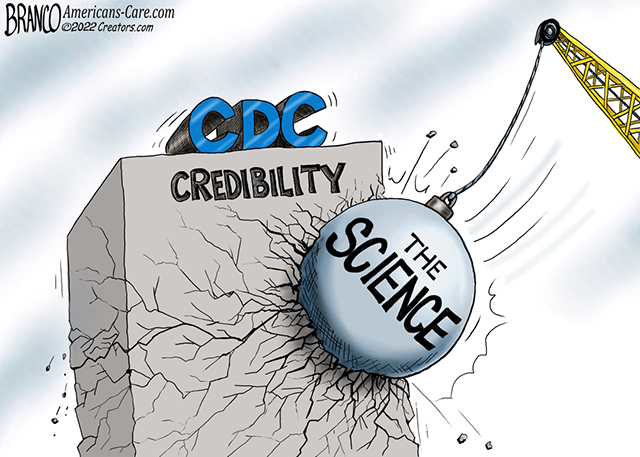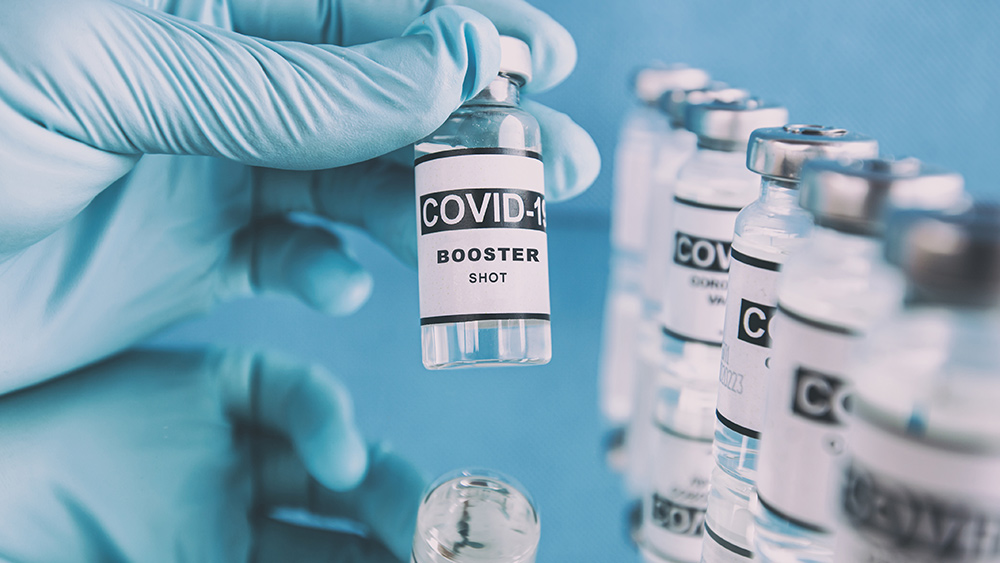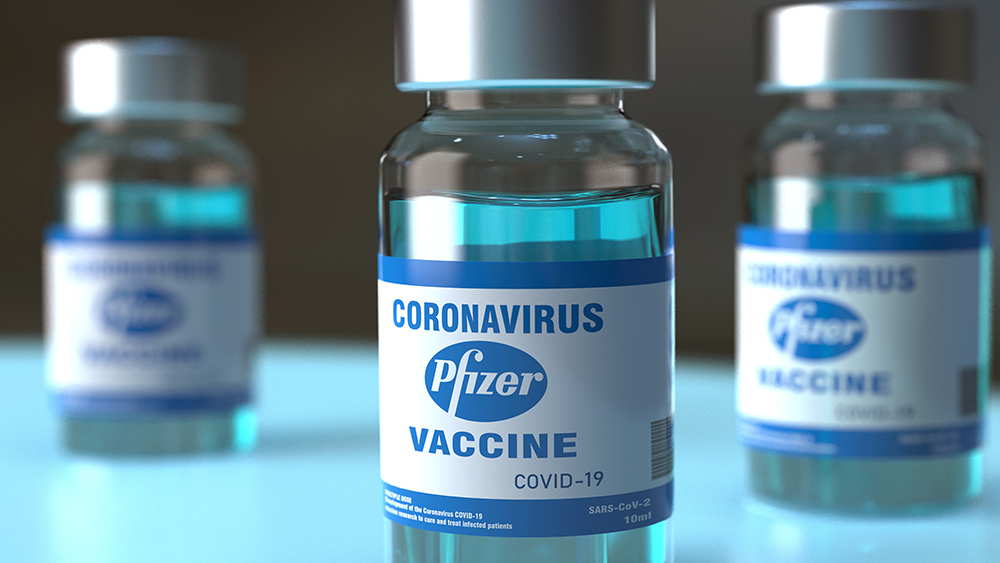Speeding up Mother Nature: New nanocoating technology can speed the degradation of microplastics by harnessing the elements
07/13/2019 / By Paul Waters

In our oceans today, the most common form of debris you can find is plastic. While they come in different shapes and sizes, and the most widespread are microplastics – pieces of plastic which measure less than five millimeters. Plastic contamination is a growing environmental problem, especially in marine ecosystems, rivers, and lakes. Research teams from KTH Royal Institute of Technology and PP Polymer in Sweden have suggested using zinc oxide nanorod photocatalysts as a safe and cost-effective way of eliminating microplastic from our oceans, rivers, and lakes.
Why is microplastic a concern?
The most significant concern experts have found with microplastic is how aquatic creatures, as well as humans, can easily absorb it into their system. Microplastics can absorb and give off harmful chemicals and pollutants, making them a severe health hazard. In addition, the materials used in manufacturing microplastic takes more than a hundred years before to break down. Humans use around 400 million tons of plastic each year, most of which end up as environmental litter. This means that in a couple of decades, the amount of plastic pollution will rise to uncontrollable levels.
Poor disposal practices result in a massive number of plastic items like bags, straws, and nets ending up in the ocean. Only about one percent of the plastic thrown into the sea remains on the surface, five percent ends up in shorelines, and the rest become missing plastic. These plastic items will eventually breakdown to produce microplastic. When these microplastics accumulate over time, it’s virtually impossible to eliminate. Because microplastic is so small, marine creatures will often mistake it for food and die from additives and toxins. Humans who consume seafood exposed to microplastic are also at risk of food poisoning. Another problem is how ocean currents and wind patterns help scatter microplastic at an alarming rate.
Inexpensive nanocoating can speed up microplastic degradation
A team of Cleaning Marine Litter by Developing and Applying Innovative Methods in European Seas (CLAIM) scientists are looking into inexpensive nanocoating and visible light to hasten the degradation of microplastics. In a study published in Environmental Chemistry Letters, The researchers tested the effects of visible light-induced heterogenous photocatalysis activated by zinc oxide nanorods on the degradation of microplastic residue called fragmented, low-density polyethylene (LDPE).
The test results showed a 30 percent rise in the carbonyl index – a marker used to indicate the amount of degradation on polymeric residue. The team also noticed that there was an increase in the number of wrinkles, cracks, and cavities on the surface of the plastic, following a rise in brittleness.
KTH professor Joydeep Dutta said that their studies had yielded positive results in breaking down LDPE using nanocoating and artificial sunlight. In theory, when the nanocoating is applied on microplastics, it will use the power of visible light or the sun to speed up the degradation process. The fact that this method of microplastic degradation does not yield any byproducts is a step forward in the use of clean technology in reducing the amount of global microplastic pollution. (Related: Microplastic pollution is the REAL threat to our oceans, warn scientists.)
Conventional elimination methods such as ozonation, incineration, and filtration require a large amount of energy and generate harmful byproducts. The next step for the CLAIM scientists is to develop a small-scale photocatalytic device that can be used in wastewater plants to assist in breaking down and eliminating microplastics.
A year and a half into the project, the CLAIM team was able to provide positive and encouraging results towards their ultimate goal of using affordable and harmless technology to help fight the ever-increasing problem of marine plastic pollution. They are sure that more positive results will arrive in the months to come. For your part, you can start minimizing the use of plastic products, as well as making sure you’re properly disposing of them.
Read Nanotechnology.news for more news reports on nanotech breakthroughs.
Sources include:
Submit a correction >>
Tagged Under:
breakthrough, environment, future science, invention, inventions, microplastics, nanocoating
This article may contain statements that reflect the opinion of the author



















